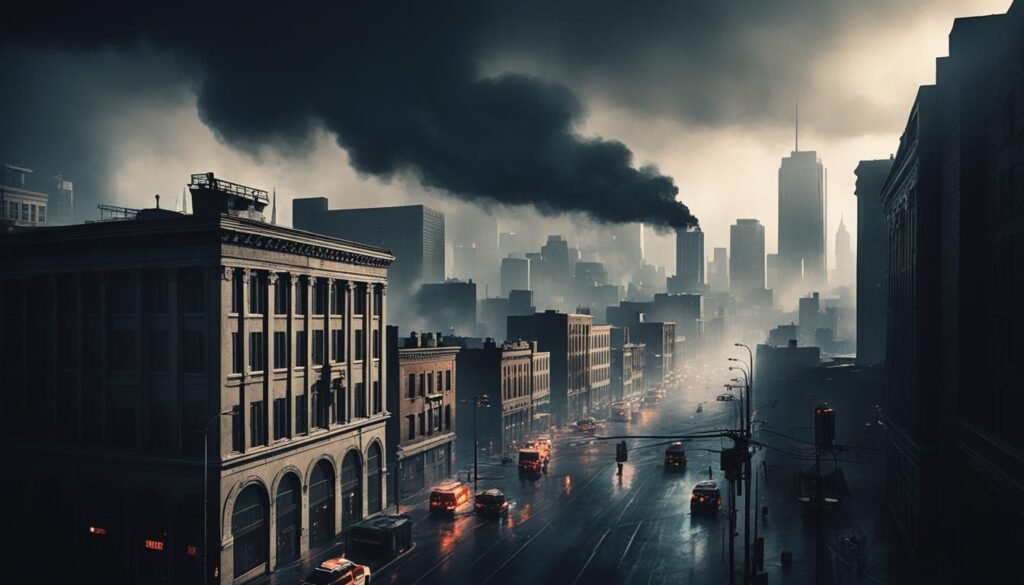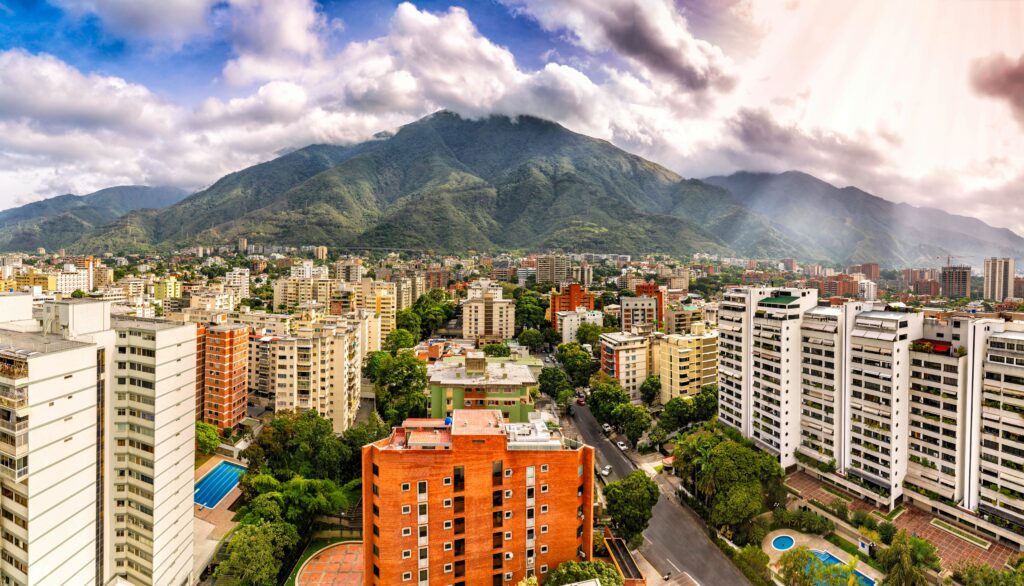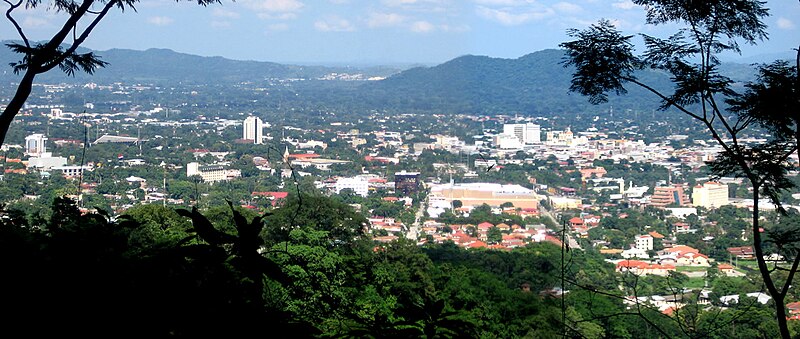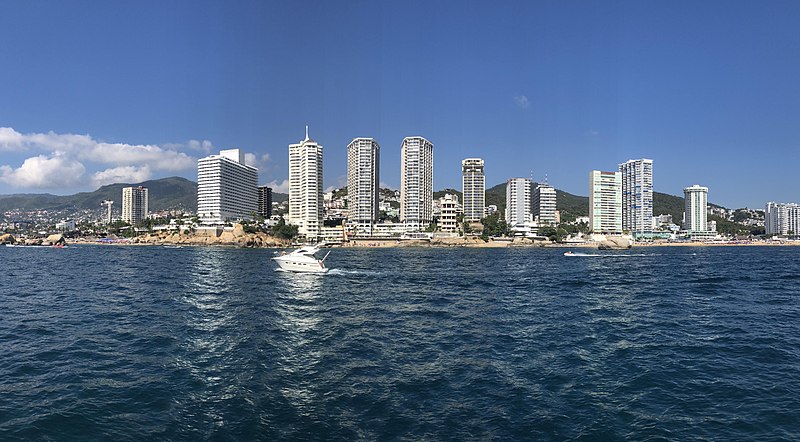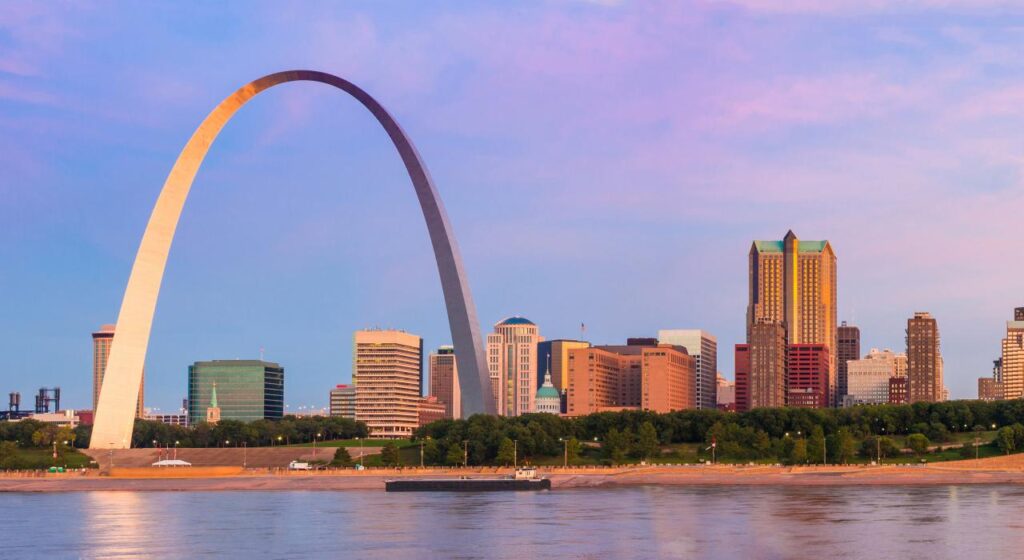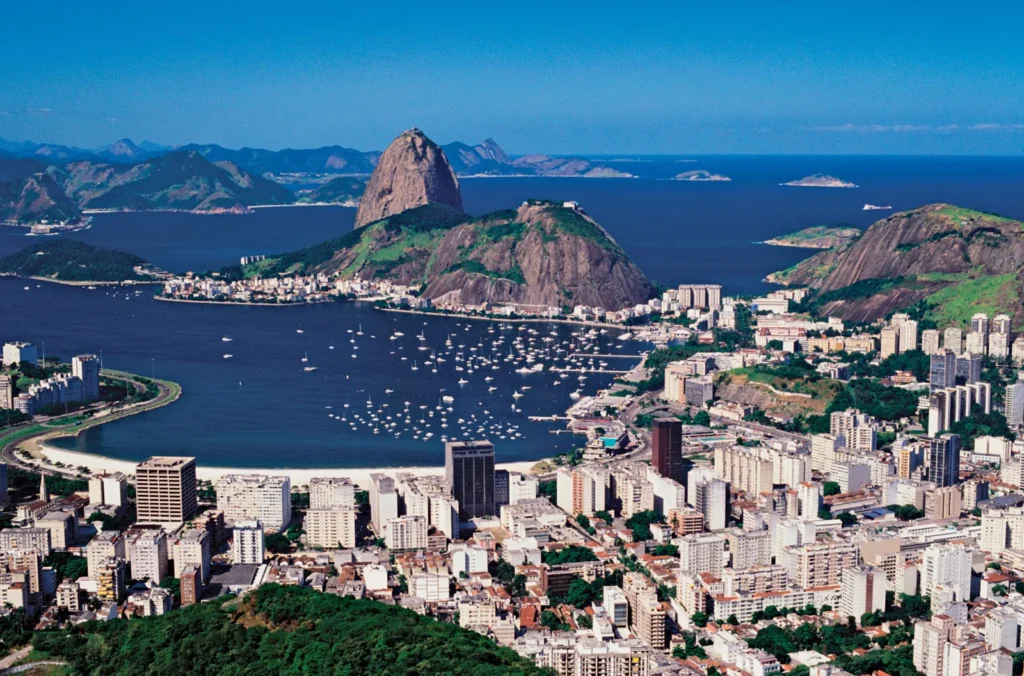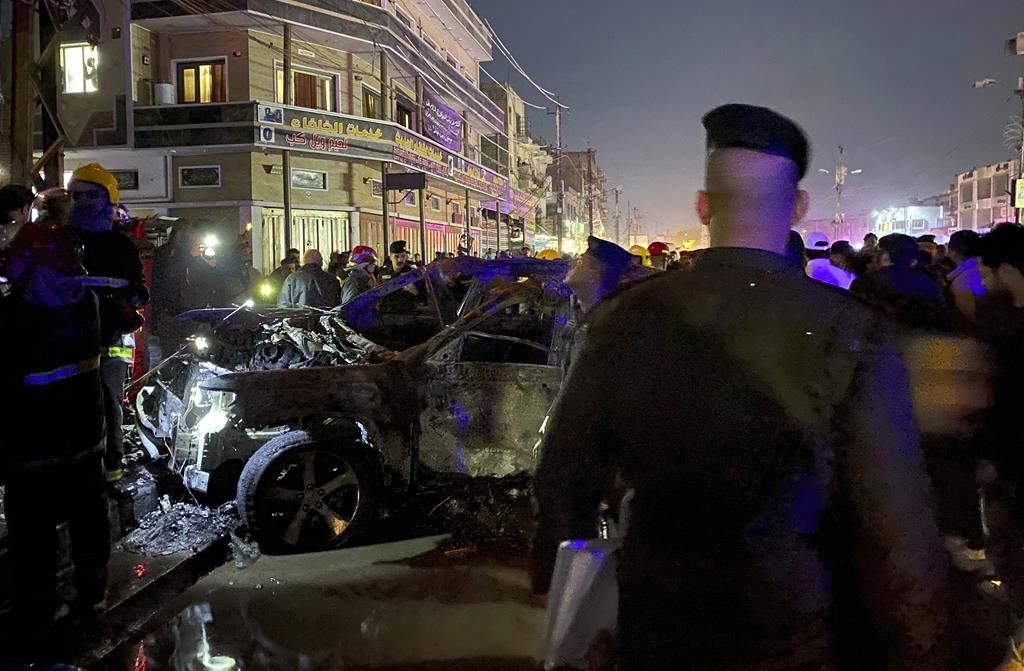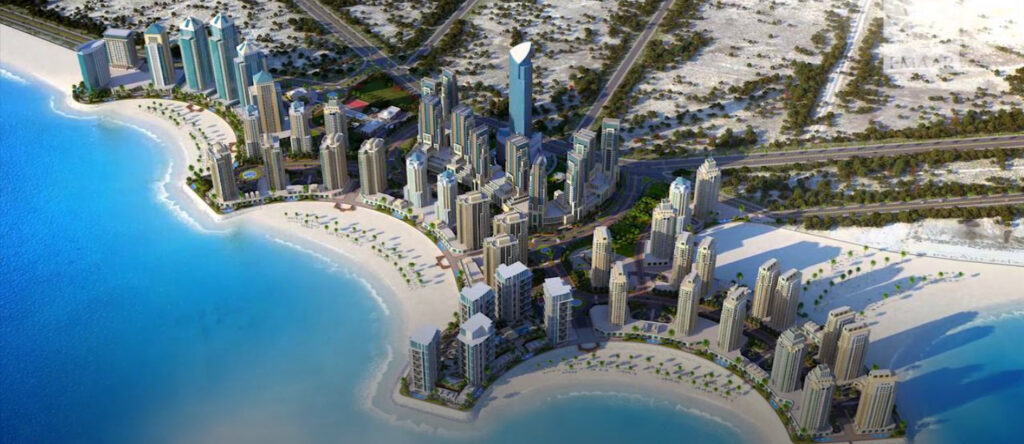In our modern world, cities stand as beacons of progress, innovation, and cultural richness. However, within the vibrant tapestry of urban life lies another reality – the presence of danger. Crime rates, socio-economic disparities, and various other factors contribute to the perilous nature of certain cities. In this comprehensive report, we delve into the top 10 most dangerous cities, shedding light on the challenges they face and the implications for residents and visitors alike.
Understanding the Criteria for Danger
Before delving into the specifics of each city, it’s essential to establish the criteria used to determine their level of danger. Factors such as crime rates, including homicide, robbery, and assault, play a significant role. Additionally, socio-economic indicators like poverty levels, unemployment rates, and access to education and healthcare contribute to the overall assessment.
Key Indicators:
- Crime Rates
- Socio-economic Factors
- Quality of Infrastructure
- Governance and Law Enforcement
1. Caracas, Venezuela
Crime Rate: Caracas consistently ranks among the highest in the world for homicides, with rampant street crime and gang violence plaguing its neighborhoods.
Socio-economic Challenges: Economic instability, exacerbated by political turmoil, has led to widespread poverty and inequality, fueling criminal activities.
Infrastructure Concerns: Inadequate public services and deteriorating infrastructure contribute to the city’s overall vulnerability.
Internal Link: Read more about Caracas’s socio-economic challenges
2. San Pedro Sula, Honduras
Crime Epidemic: San Pedro Sula holds the unfortunate title of the murder capital of the world, with organized crime syndicates and drug trafficking contributing to its perilous status.
Poverty and Inequality: High levels of poverty and income inequality create fertile ground for criminal enterprises to thrive, perpetuating the cycle of violence.
Community Resilience: Despite the challenges, grassroots efforts aimed at community empowerment and crime prevention initiatives are emerging, offering glimmers of hope amidst adversity.
External Link: Learn about grassroots initiatives in San Pedro Sula
3. Acapulco, Mexico
Tourism Hub Turned Dangerous: Once a popular tourist destination, Acapulco has seen a sharp decline due to escalating violence fueled by drug cartels and organized crime.
Collateral Damage: Innocent civilians often bear the brunt of the violence, with incidents of extortion, kidnapping, and assault becoming alarmingly common.
Government Response: Despite government efforts to improve security, challenges persist, highlighting the complex nature of combating entrenched criminal networks.
Internal Link: Explore the impact of violence on tourism in Acapulco
4. Cape Town, South Africa
Crime Hotspots: Certain areas of Cape Town experience exceptionally high crime rates, particularly related to gang activity and substance abuse.
Social Inequality: The legacy of apartheid still looms large, with widespread poverty and inequality contributing to the city’s security challenges.
Community Engagement: Grassroots organizations and community leaders play a vital role in fostering dialogue and implementing crime prevention strategies at the local level.
External Link: Learn about grassroots efforts to address social inequality in Cape Town
5. St. Louis, Missouri, USA
Urban Decay: St. Louis grapples with issues of urban blight, poverty, and a declining population, factors that contribute to its reputation as one of the most dangerous cities in the United States.
Racial Tensions: Deep-seated racial tensions exacerbate social divides, leading to pockets of concentrated poverty and crime within the city.
Redevelopment Initiatives: Despite the challenges, concerted efforts are underway to revitalize distressed neighborhoods and create opportunities for economic growth and community development.
Internal Link: Explore redevelopment initiatives in St. Louis
6. Rio de Janeiro, Brazil
Favela Violence: Rio’s infamous favelas are often at the center of violent clashes between drug gangs and law enforcement, posing significant risks to residents and visitors alike.
Policing Challenges: Under-resourced and sometimes corrupt police forces struggle to maintain order in the face of entrenched criminal networks.
Legacy of Mega Events: Hosting major events like the Olympics has brought both benefits and challenges, highlighting underlying issues of inequality and security.
External Link: Read about the impact of mega-events on security in Rio de Janeiro
7. Baghdad, Iraq
Conflict Zone: Baghdad’s status as a conflict zone makes it one of the most dangerous cities globally, with ongoing threats from terrorism and political instability.
Humanitarian Crisis: Years of conflict have taken a devastating toll on the city’s infrastructure and population, exacerbating poverty and displacement.
Reconstruction Challenges: Rebuilding efforts face significant obstacles due to security concerns and the complex socio-political landscape of post-conflict Iraq.
Internal Link: Learn about reconstruction efforts in post-conflict Baghdad
8. Karachi, Pakistan
Terrorism and Extremism: Karachi contends with the dual threats of terrorism and sectarian violence, perpetuated by militant groups and political instability.
Economic Hub: Despite the security challenges, Karachi remains Pakistan’s economic powerhouse, highlighting the resilience of its business community amidst adversity.
Security Measures: Enhanced security measures and targeted operations aim to curb violence and restore stability to the city, albeit with mixed results.
External Link: Explore Karachi’s resilience amidst security challenges
9. Detroit, Michigan, USA
Urban Decline: Detroit’s decline from a bustling industrial hub to a city grappling with poverty, crime, and population loss epitomizes the challenges facing many post-industrial cities.
Community Revitalization: Grassroots efforts and public-private partnerships are driving initiatives to revitalize neighborhoods and create economic opportunities for residents.
Innovation and Resilience: Detroit’s resurgence as a hub for innovation and entrepreneurship underscores the city’s ability to adapt and thrive in the face of adversity.
Internal Link: Discover Detroit’s innovative approach to community revitalization
10. Ciudad Juarez, Mexico
Border Violence: Ciudad Juarez, located along the US-Mexico border, has been a flashpoint for drug-related violence and organized crime, fueled by its strategic location.
Collaborative Efforts: Bilateral initiatives between Mexico and the United States aim to address security challenges and enhance cross-border cooperation in combating transnational crime.
Economic Impact: Despite the security concerns, Ciudad Juarez continues to attract investment and industrial development, underscoring the resilience of its economy.
External Link: Learn about cross-border cooperation in addressing security challenges
Conclusion: Navigating Urban Perils
The top 10 most dangerous cities present a complex tapestry of socio-economic challenges, governance issues, and security concerns. While each city has its unique set of circumstances, common themes of poverty, inequality, and criminal activity underscore the need for holistic approaches to address urban peril. From grassroots initiatives to international cooperation, finding sustainable solutions requires a concerted effort from all stakeholders. As we navigate the complexities of urban life, let us strive to create safer,
